|
Yikes! About two weeks since our last post. The focus on the cabin, chores and exploring have consumed our time in these weeks. I suppose it's fair to say we didn't come here to sit on the computer or watch TV! This lifestyle suits us well. It's fun to talk with locals about their stories and how they found Alaska. So many tales of adventure! This week Pete milled up the two big stringer beams from some of the logs in our pile. He cut down 2 sides on each log to form 8" thick slabs, leaving the sides round to provide additional strength. Moving the logs from the pile to the mill then to the cabin foundation was quite the struggle without any power equipment. He would basically set up the tripod over one end of the log and hang the come-along from the tripod, then he would wrap the cable from the come-along around the end of the log and winch it up. Once the end of the log was up in the air, he would put a section of a smaller log underneath to use as a roller. Then he would do the same thing on the other end of the log to get each end up on a roller. This allowed him to push the log over the rollers relatively easily for a short distance until he either had to feed another roller under the front or change directions. It was slow going, but he eventually rolled each beam into position along side the two rows of piers. He snapped a string line down the center of each beam and measured the distance from the center line to each piece of rebar coming from the tops of the piers. Then, he subtracted 9" from that distance and marked it on the beam. This translated the positions of each piece of rebar, which were not set in a perfect line, to near the center of the beam. He drilled a 1" hole clear through the beam at each mark. After spraying some primer on the pieces of rebar to prevent rust and sliding a piece of pressure treated lumber over each rebar to protect the beam from moisture in the concrete, he muscled each beam up onto the rebar ends and adjusted the position until the holes lined up with the pieces of rebar and the beam sat down flat. After the stringer beams were in place, we purchased some 16' long 2X10 boards and built the floor frame. After the frame was done and we made sure it was square, we installed 3/4" thick oriented strand board (OSB) with tongue and groove edges, remembering to use glue as well as nails to prevent floor squeaks. Pete picked up a framing nail gun for this project, as he knew it would be a huge time saver. He has already shot a few hundred, if not a thousand nails through it. Since we had built up as far as we could without having a finalized "plan" for what we wanted, it was time to iron out some details. We had to decide where we wanted windows and what size they would be. We needed to know exactly how big our shower was going to be and how the bathroom would be laid out. We discussed what we wanted, went to stores and looked at the dimensions of all the appliances and fixtures, and worked out a finalized floor plan. Once we knew what the wall framing would look like, Pete picked up a load of 2X6 lumber for the studs and plates. The headers, which support the weight above the windows and doors, need to be much stronger, so Pete milled some logs down to 5 1/2" x 4 1/2" timbers. He then cut sections of these to use as the headers, stacked two high to form a 5 1/2" x 9" beam. We also dug deeper into our water situation. High arsenic levels in the valley is very common. Local water experts reported that the Wasilla city water has arsenic present in it's water too. We have done some research, spoke with locals and professionals on how to properly treat our water. Having arsenic present is a new obstacle for us. Arsenic is a metal and commonly found in bedrock underground. Human bodies are not made to digest or filter out arsenic, so once ingested, it remains in our bodies the rest of our lives. A little scary to think about, especially since it can cause cancer and other unwanted side effects. Currently we have found an affordable solution (we plan to get a bigger system for the house which would cost a bit more) to filter our the arsenic. Installing a point-of-use reverse osmosis system at the kitchen sink tap and running that in tandem with another special filter for arsenic (removes Type III and IV arsenic). Our water also contains iron and hard minerals. But those have more cost effective solutions. We also plan to have a water storage tank under the cabin. It'll act like a water bladder, filling itself automatically and dispensing when you call the water to any of the taps in the cabin. Keeping in mind this is a small, temporary cabin, we didn't want to set up an overly elaborate water system. Since we've moved here, and like many locals, we purchase our water in town. It's very common to get water delivered to your home as well. Temperatures remain hot during the day. When I describe the weather, sunny and 70 degrees, it sounds perfect, right?! But the sun in Alaska is much more harsh. When you are working on the light rocky soil, the heat reflects back up. We recorded temperatures at ground level on the property and noted a high of 110 degrees. The big green structure has also recorded a high of 122 degrees. On top of the drought that we are experiencing, it's not ideal working conditions. But my oh my, when you sit in the shade, it's absolutely perfect! After the long hot days, we took an evening trip up near Talkeetna to fish the last of the salmon run. Montana Creek did not disappoint. Water levels on the river were low too. Many different types of dead salmon lay on the shores and in the rivers while the rest of the live salmon weave around them still following their instinct to spawn. It was fun identifying the different types--even spotted a King Salmon! Those are HUGE, but illegal to catch for now...their numbers are too low. Many Alaskans have a deep respect for salmon, so regrowing the population is a state-wide effort. After they spawn upriver, they die and float back down stream. Salmon are full of vitamins for humans and nature. Even after death, the salmon provide benefits to the river and it's surrounding ecosystem. We caught two keepers that night. Our first salmon as Alaskan residents! We landed back at home around midnight. It was a fun, but long day.
1 Comment
8/20/2019 09:53:16 am
Looking good! Good choice on the subfloor, its pretty bullet proof.
Reply
Leave a Reply. |
AuthorHello, I am Melissa, owner of Wild North Design. Recently, my husband and I decided to pick up and move to Alaska. This dream has been a couple years in the making and we are enjoying the journey so far. We love to learn and make all kinds of things. From wood craft, to painting, to vehicles, landscaping, building, exploring...we love it all! We are finding out that Alaska is a great fit for our restless minds and bodies! Excited for what the future holds for our expanding family! Archives
January 2024
CategoriesThis website uses marketing and tracking technologies. Opting out of this will opt you out of all cookies, except for those needed to run the website. Note that some products may not work as well without tracking cookies. Opt Out of Cookies |
|
Shop
Wedding Decor Toys All |

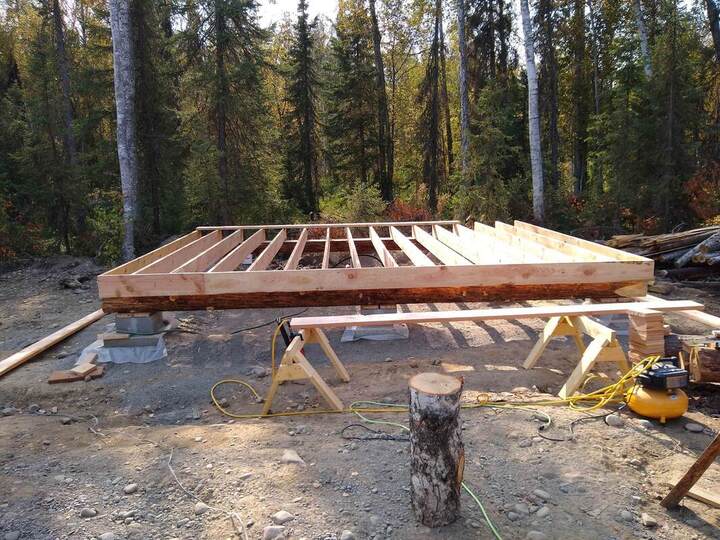
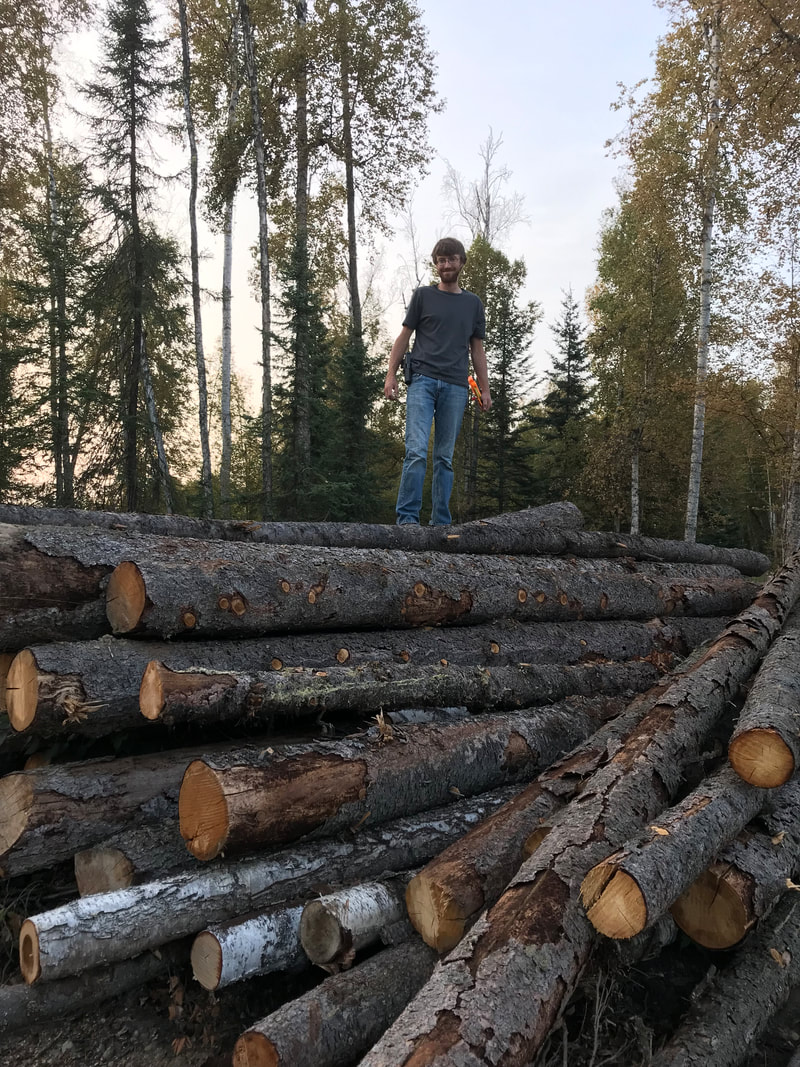
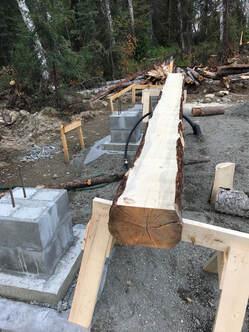
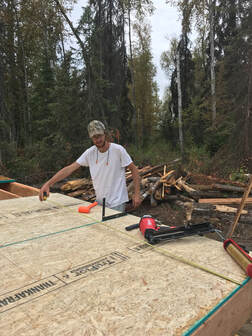


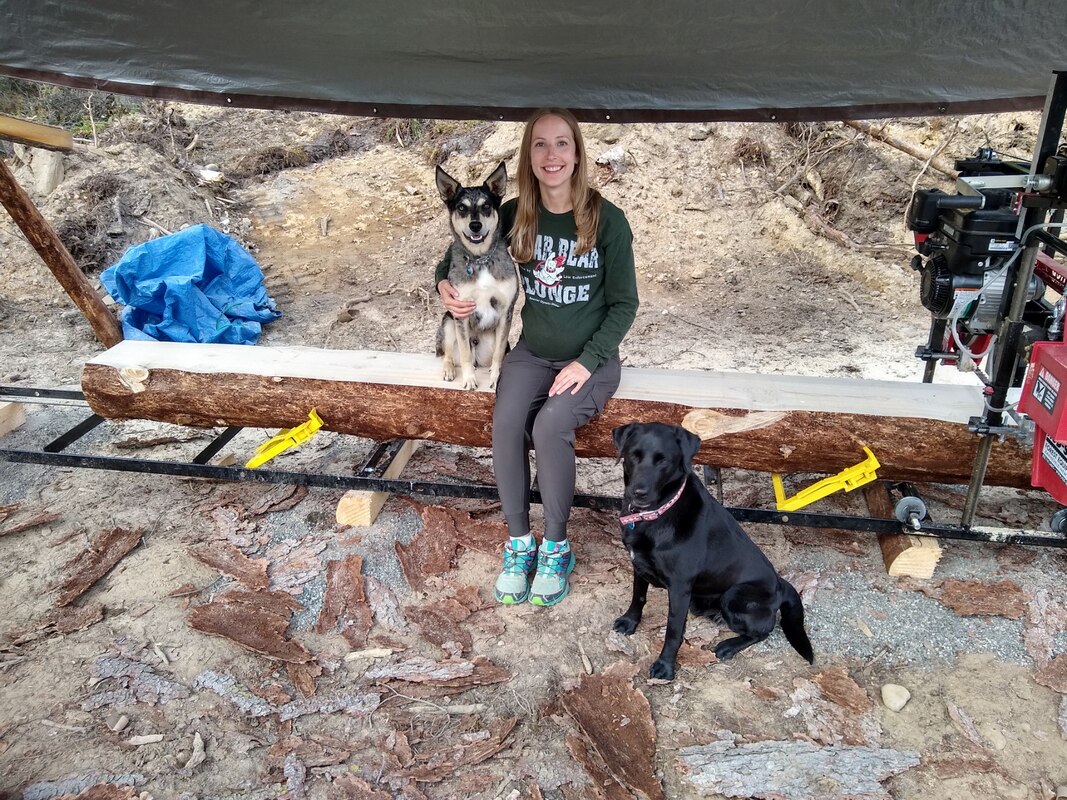
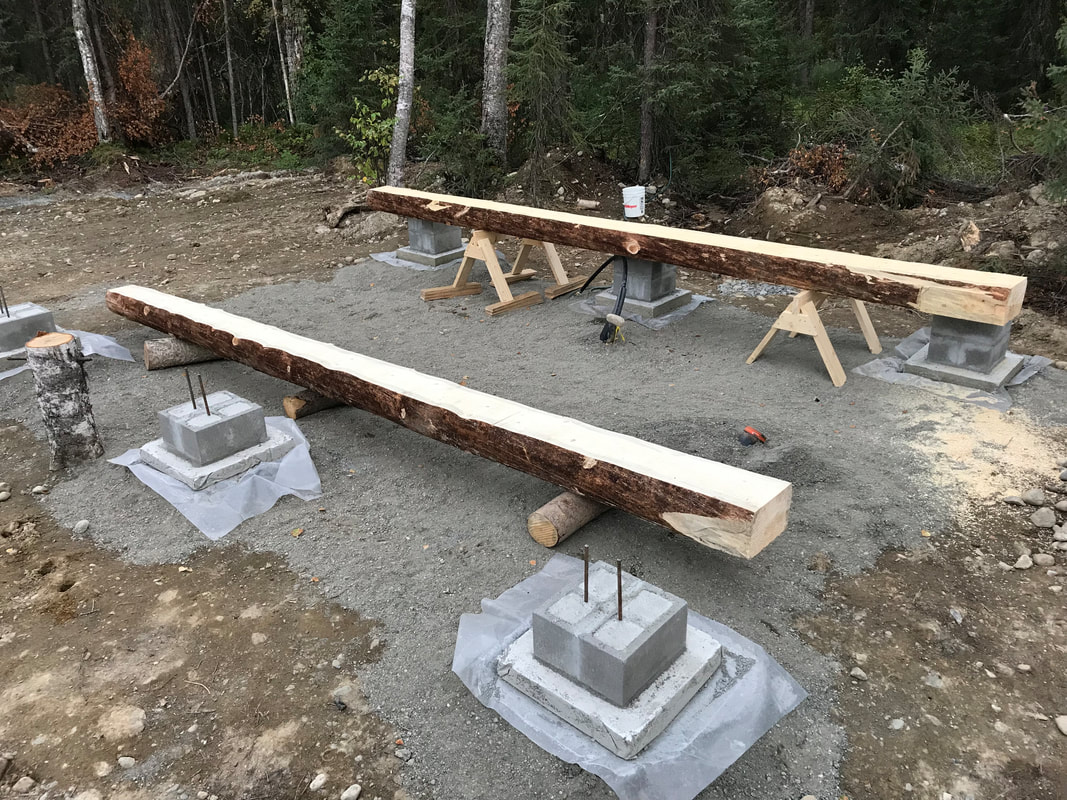

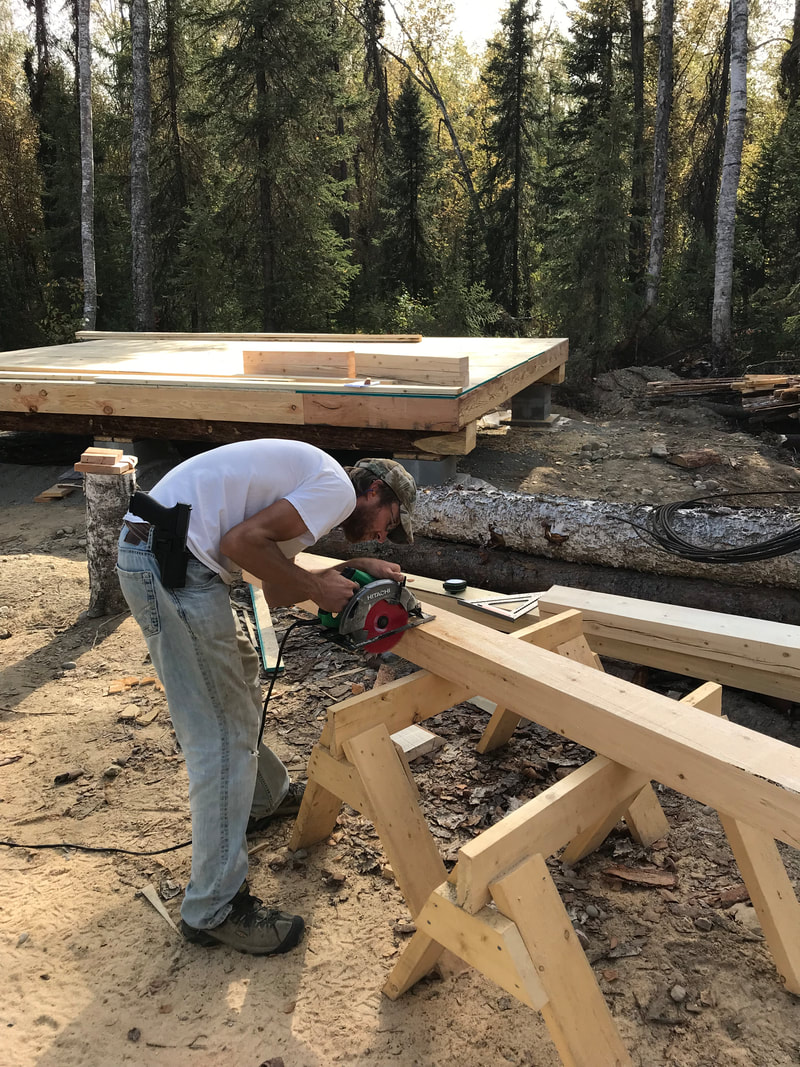

 RSS Feed
RSS Feed